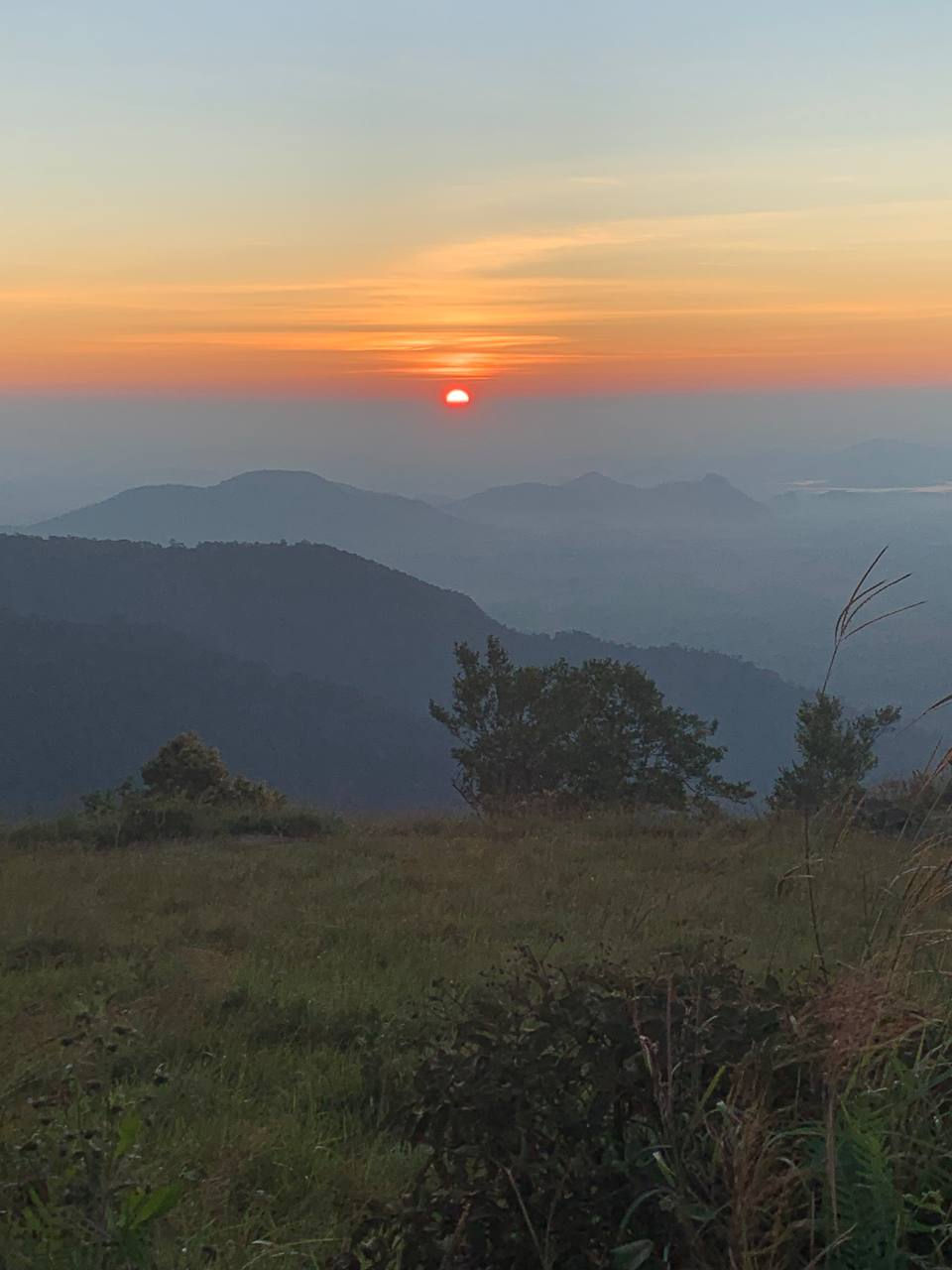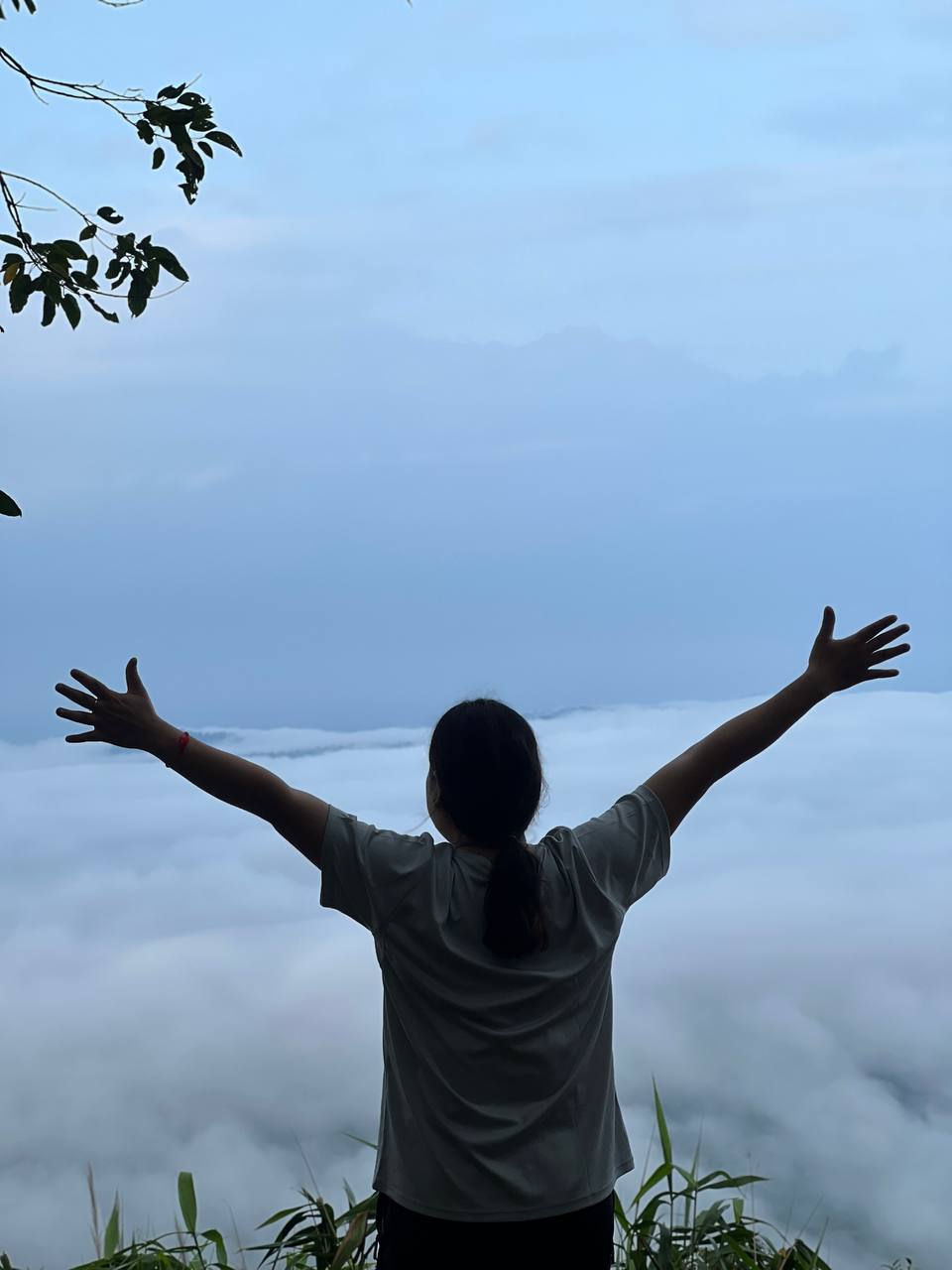Outdoor Pranayama: Outside Breathwork
- Souheang Ly

- Feb 24
- 4 min read

"The trees that are slow to grow bear the best fruit." - Moliere.
Many people are looking for ways to slow down, re-connect with themselves, and get a feeling of calm in a world that often feels busy, and disconnected. Breathwork is a technique that has been given a lot of attention recently according to (Fincham, 09 January 2023); This is a deliberate and conscious practice to control someone's breathing to increase someone's mental, emotional, and physical health. Including outdoor breathwork with nature's restoration force can lead to an intensive transformed experience that one should try. Let us discuss outdoor pranayama (breathwork), its benefits and shortcomings, and the impacts on your mental and physical health.

What is pranayama?
Pranayama is a traditional technique with roots in yoga, meditation, and mindfulness among other traditions. It forces using special breathing techniques to influence your physical, mental, and emotional feelings. Patanjali, the ancient Indian sage and philosopher who is credited with penning the Yoga Sutras, claims that the term "pranayama" comes from the Sanskrit words "prana," which means "life force" or "vital energy," and "ayama," which means "to control" or "to extend." Therefore, Pranayama involves deliberate control of breath to expand and regulate someone's life energy based on its explanation.
Pranayama, a main element of yoga and mindfulness practices, is greatly increased by its external practice. The benefits of pranayama are increased in the natural environment, which increases its efficacy when performed outside. Practicing pranayama leads to a deep peace induction and transformative encounter cultivation, which is achieved by merging the rejuvenation forces of nature with the healing properties of conscious breathing. Nature, with its cool sounds, pure air, and vital energy intensifies the positive effects of breath, creating a synergy that nourishes both physical and spiritual to an extraordinary degree. The attachment of pranayama within the hug of nature promotes a strong relationship with the natural world, enriching the experience in many aspects.
However, with current pollution, pranayama can also be harmful outside. Globally, air pollution kills more than 6.5 million people annually, which is expected to grow. Fuller, 22 exercises Pranayama out if the air quality exceeds healthy guidelines because it will do more harm than well.
Better respiratory health: During pranayama, breathing in fresh air can increase the capacity of the lungs, purify the respiratory system, and increase vitality in general.
Stress reduction: Parasimpethetic encourages pranayama rest by stimulating the nervous system. Plus, nature is excluded and reduces stress and anxiety.
Increased vitality and energy: Natural surroundings restore your energy, while pranayama technology like Bhastika (bumbled breath) and Kapalabhati (skull-lodging) attach the body and mind.
Emotional balance: Methods such as alternative nostril breathing, or pulse purification help the balance of the left and right hemispheres of the brain, promoting mental clarity and emotional stability.
Relationship with nature: Being surrounded by open places, trees, or water strengthens your bond with the natural world and its cycles.

Pranayama Techniques for Outdoor Practice
Out of the eight Indian pranayama techniques, the following are very appropriate for outdoor practice:
Nadi Shodhana:
It relaxes the mind, improves focus, and regulates the neurological system. However, people with fevers, flu, or colds shouldn't use it.
Kapalabhati:
It increases vitality, enhances mental clarity, and purifies the respiratory system. It is not advised during pregnancy or menstruation, though, and is not appropriate for people with heart disease, high blood pressure, epilepsy, strokes, or hernias.
Bhramari:
It soothes the nervous system, lowers tension, and calms the mind. Those who have serious ear infections are not advised to use it.
Ujjayi:
It makes the body warmer, improves concentration, and encourages relaxation. The method is not recommended for people with colds, coughs, or throat infections.
Sheetali:
It eases tension, cools the body, and soothes the mind. This approach should not be used if you have respiratory conditions or low blood pressure.
To explore further how to practice pranayama, visit: https://www.divayoga.com/blogs/14-types-of-pranayamas

Tips for a Successful Outdoor Pranayama Practice
Comfy: Wear clothes that are comfortable for the weather and do not restrict your breath.
Drink a lot of water: If you are training in hot weather, bring a lot of water to stay hydrated.
Start Short: If Pranayama is new to you, start with short sessions (5–10 minutes) and work for a long time in your way.
Pranayama is a wonderful way to synchronize your breath with the chakras of the natural world. In addition to withdrawing the benefits of Pranayama, practicing outside helps you develop a strong bond with the land and you. Outdoor Pranayama provides a route to improve welfare, regardless of your goals: stress reduction, emotional balance, or more deep attention practice. Take a deep breath, go out, and let nature take you to vitality and peace of mind.










Comments